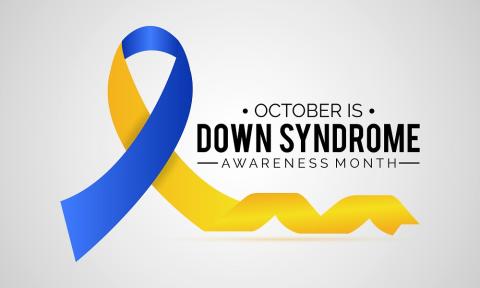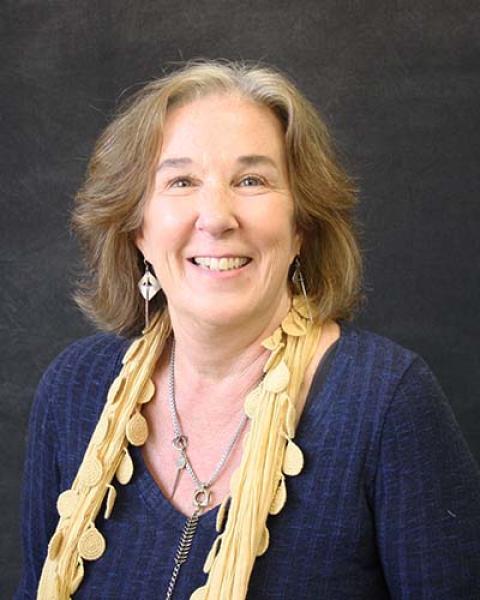
October was first designated as Down Syndrome Awareness Month in the 1980s and has been recognized every October since. It is a month to celebrate the strengths of people with Down syndrome and the contributions they make to our communities. Down syndrome is most often diagnosed at birth by the presence of certain physical traits and a chromosome analysis to confirm the presence of an extra, critical portion of chromosome 21 in all or some of the cells. It is the most common genetic cause of IDD.
People with Down syndrome benefit from the biopsychosocial approach practiced within the START network. With advances in medical technology and increased access to appropriate medical treatment, the life expectancy of people with Down syndrome has increased dramatically – in the early 1900s, children with Down syndrome were expected to live to only about 9 years of age. Today as many as 80% of people with Down syndrome reach age 60, with many living even longer. As we have learned more about the common biopsychosocial vulnerabilities associated with Down syndrome, treatment of thyroid issues, assessment and appropriate treatment for depression, and access to appropriate education have helped reduce barriers and improve outcomes. People with Down syndrome are living positive, meaningful lives in their communities and this is the month we celebrate them!
Source
Down syndrome. Mayo Clinic. Published March 8, 2018.
https://www.mayoclinic.org/diseases-conditions/down-syndrome/symptoms-causes/syc-20355977


